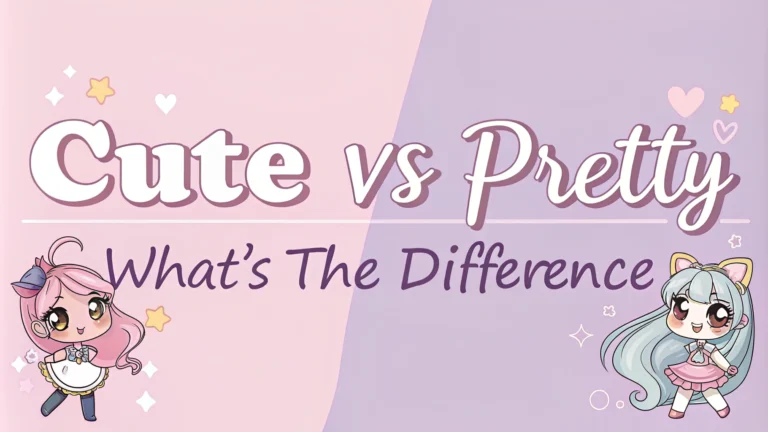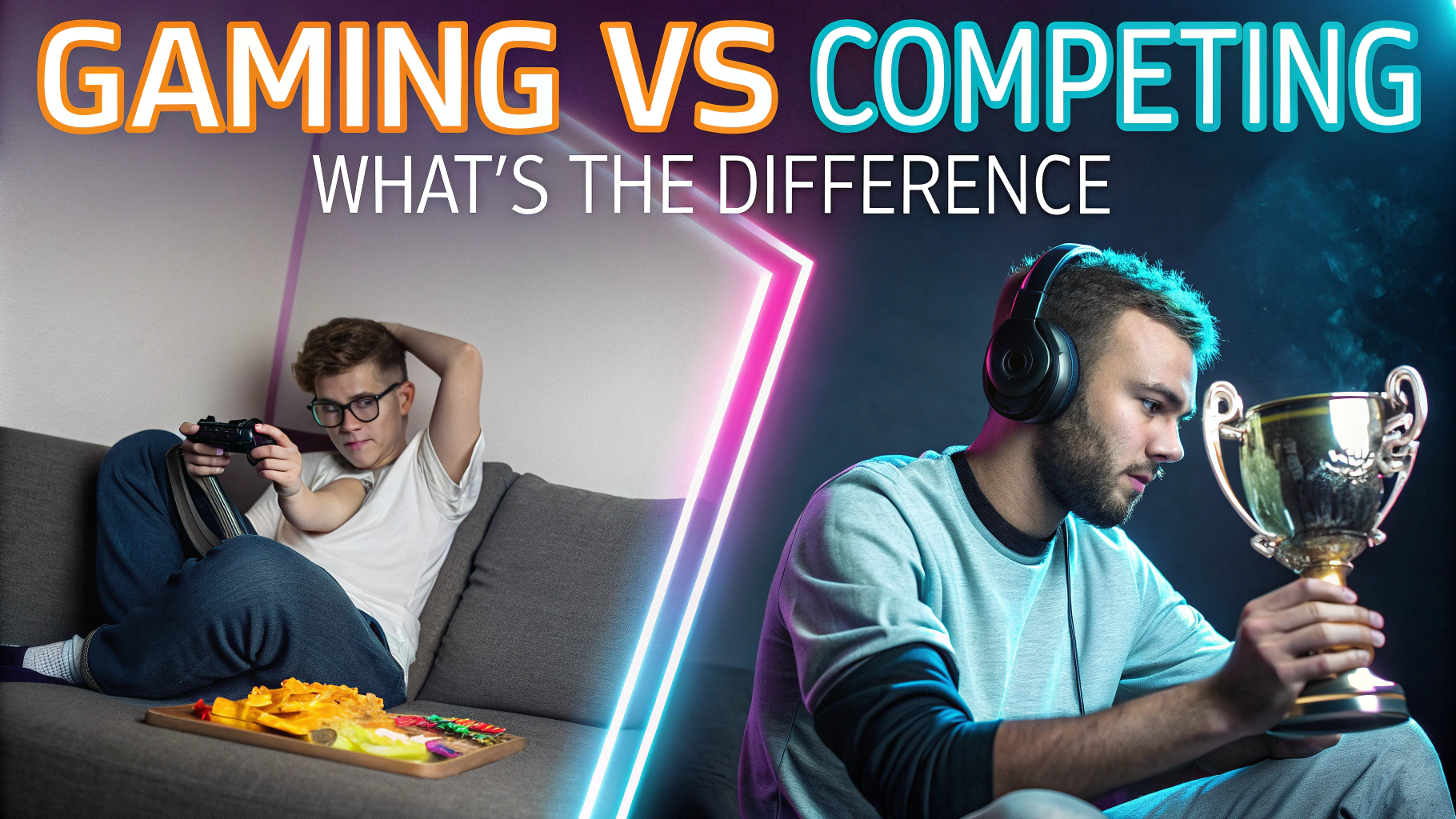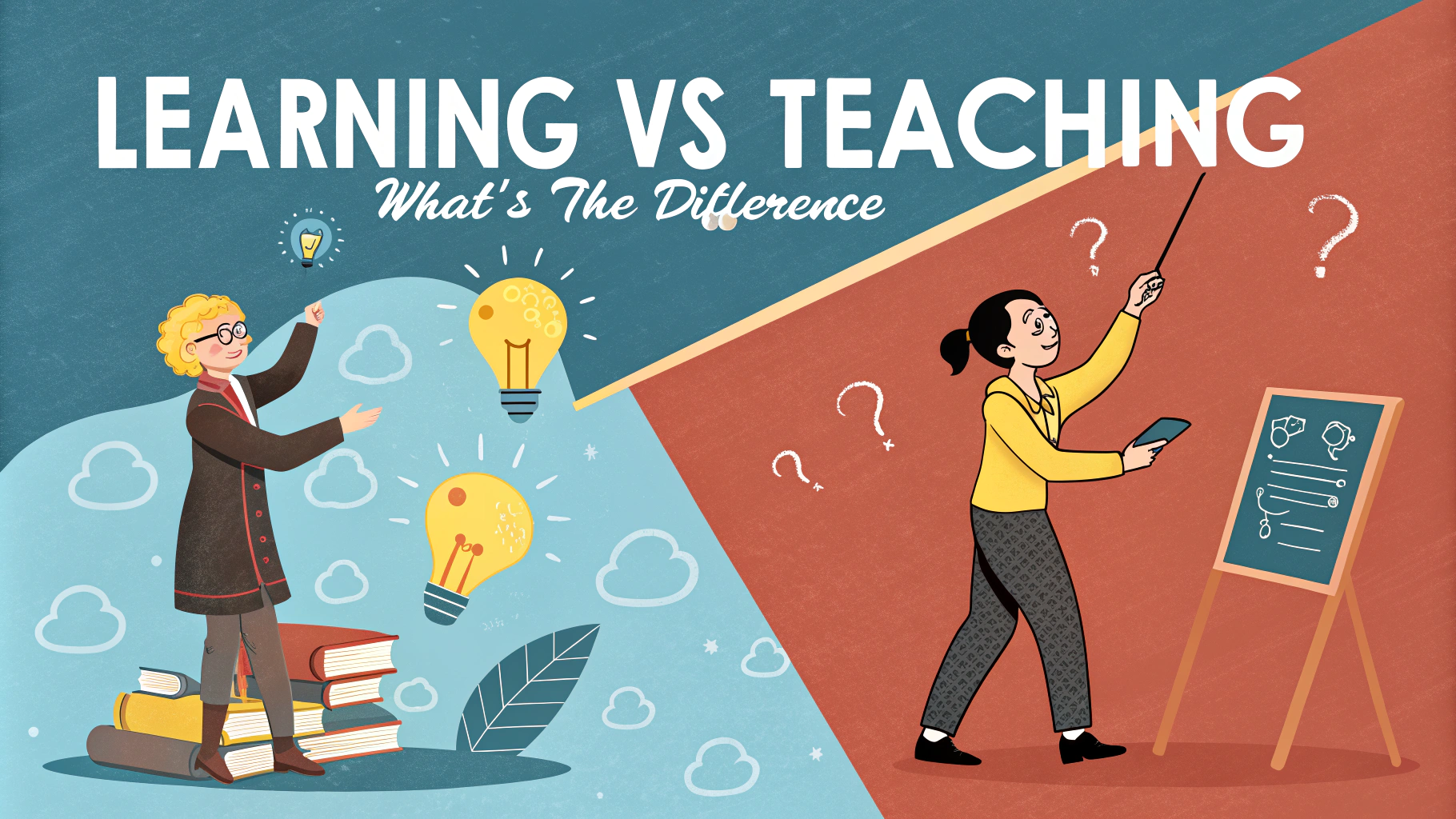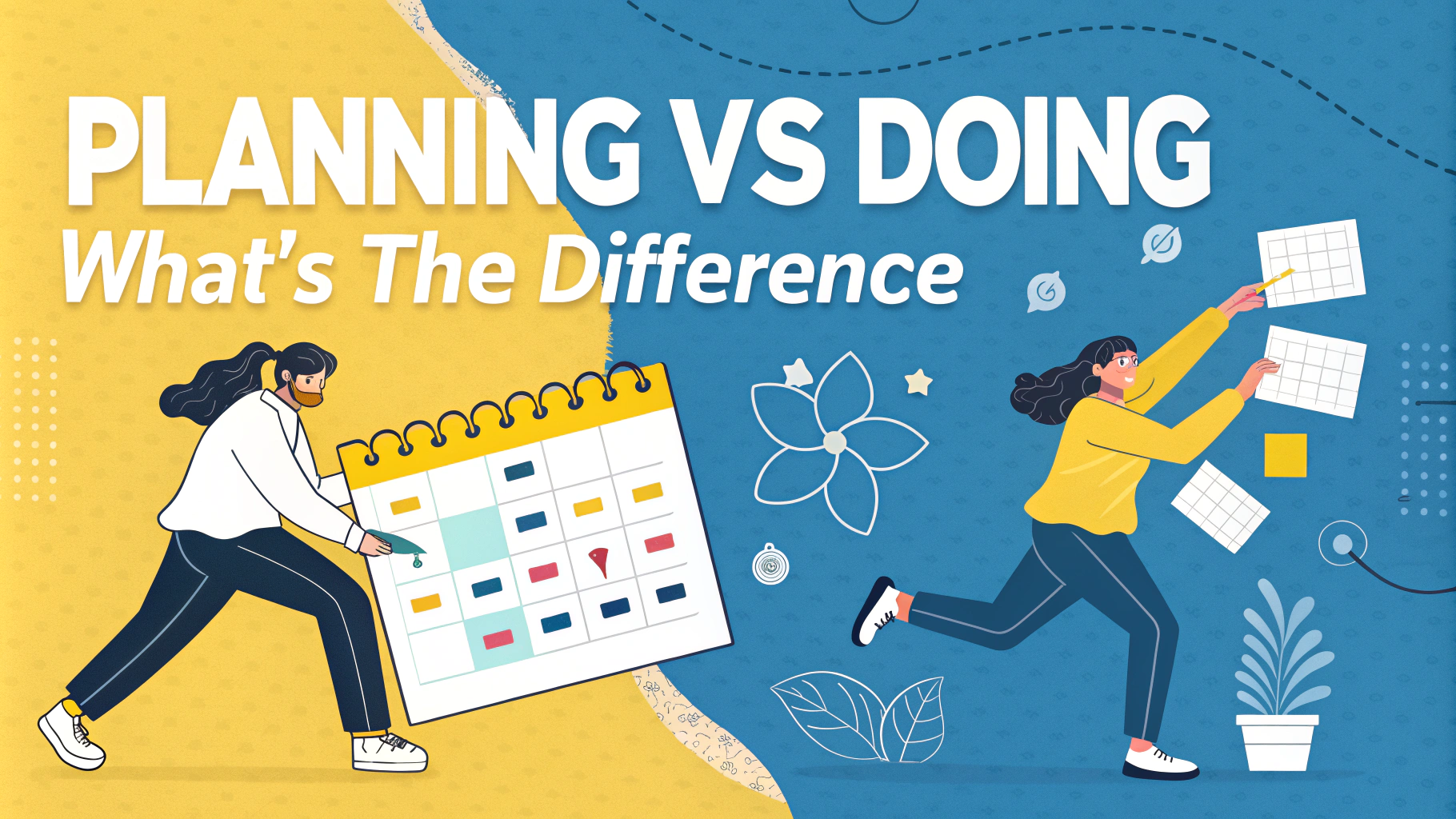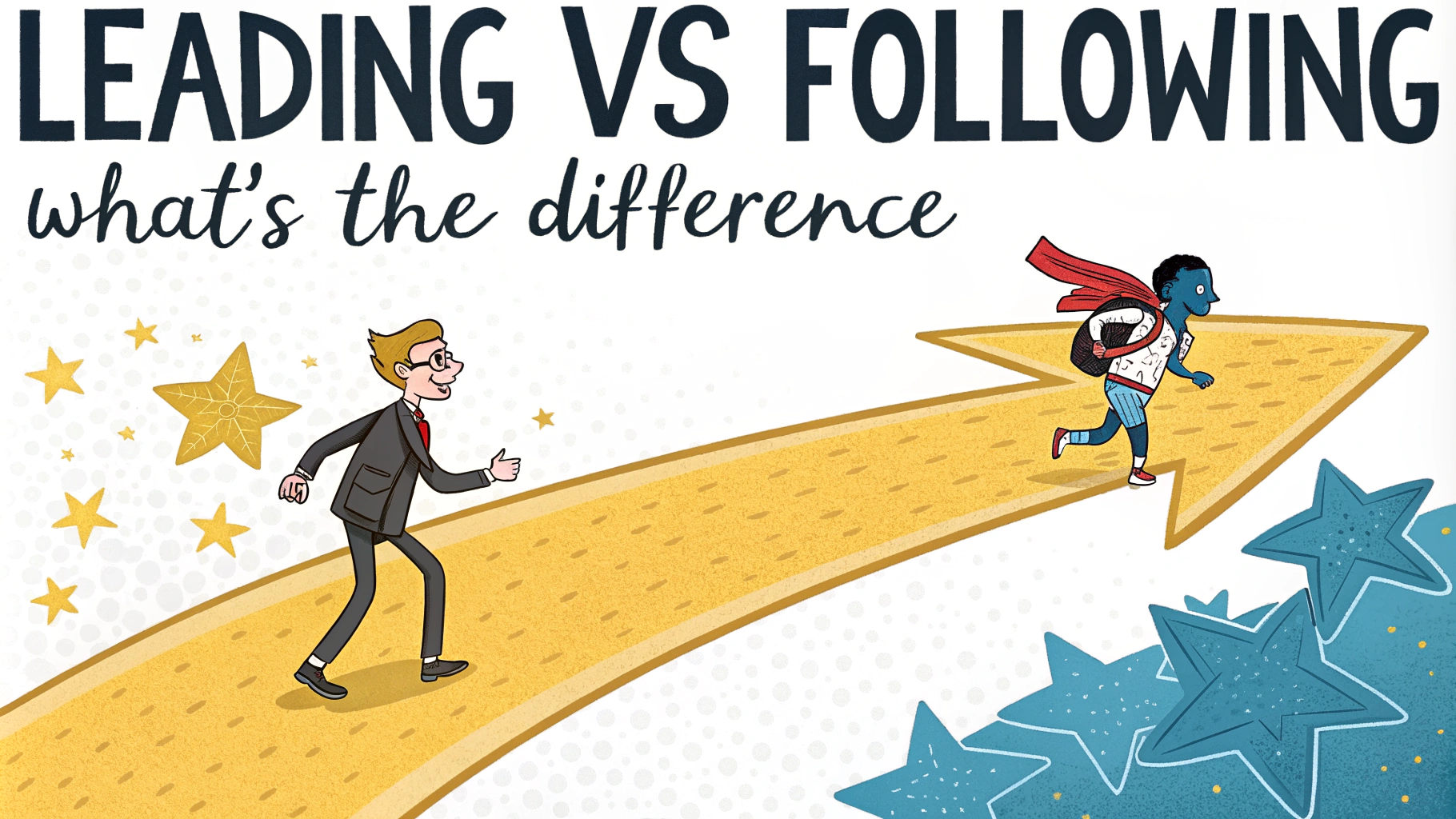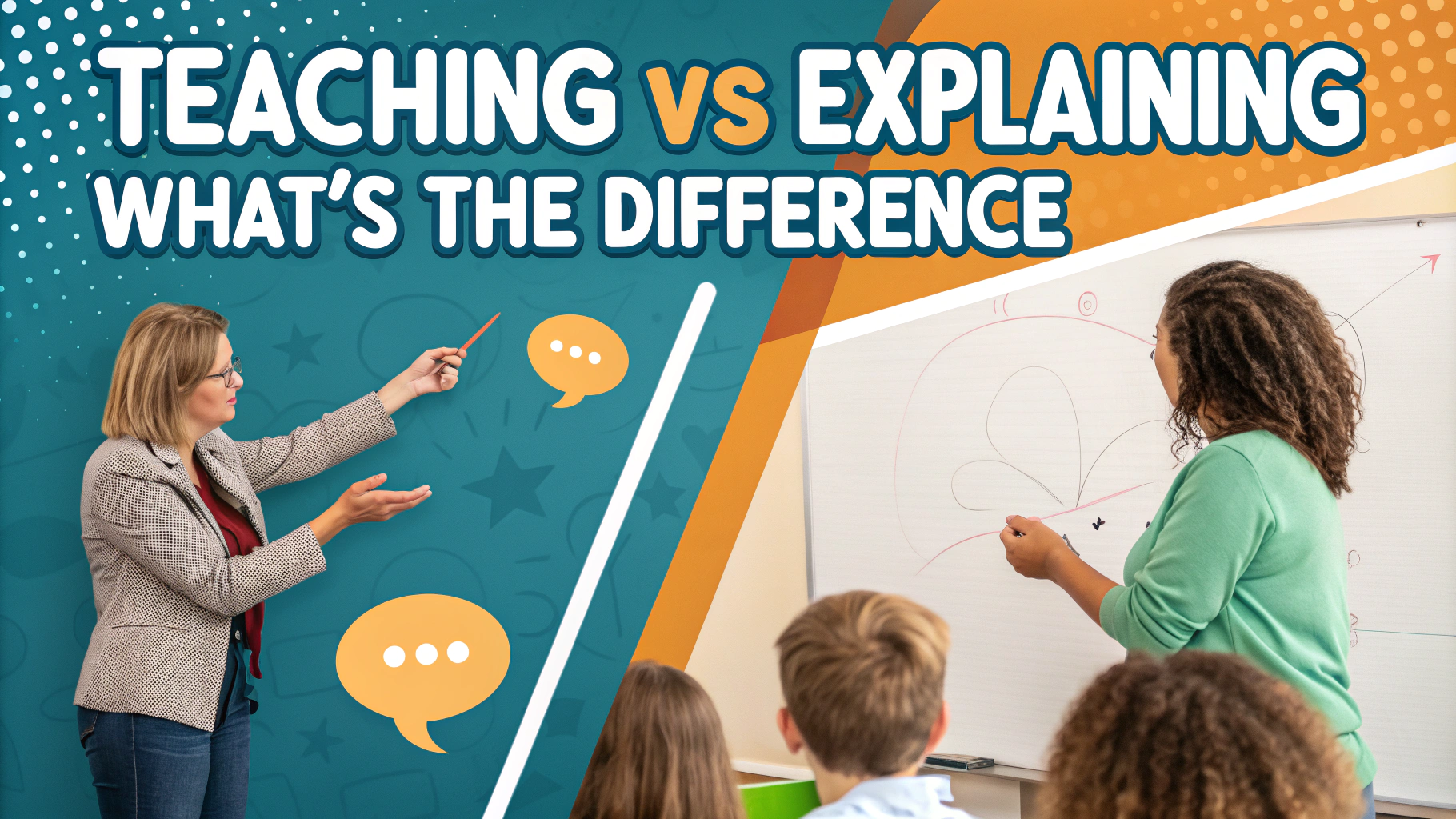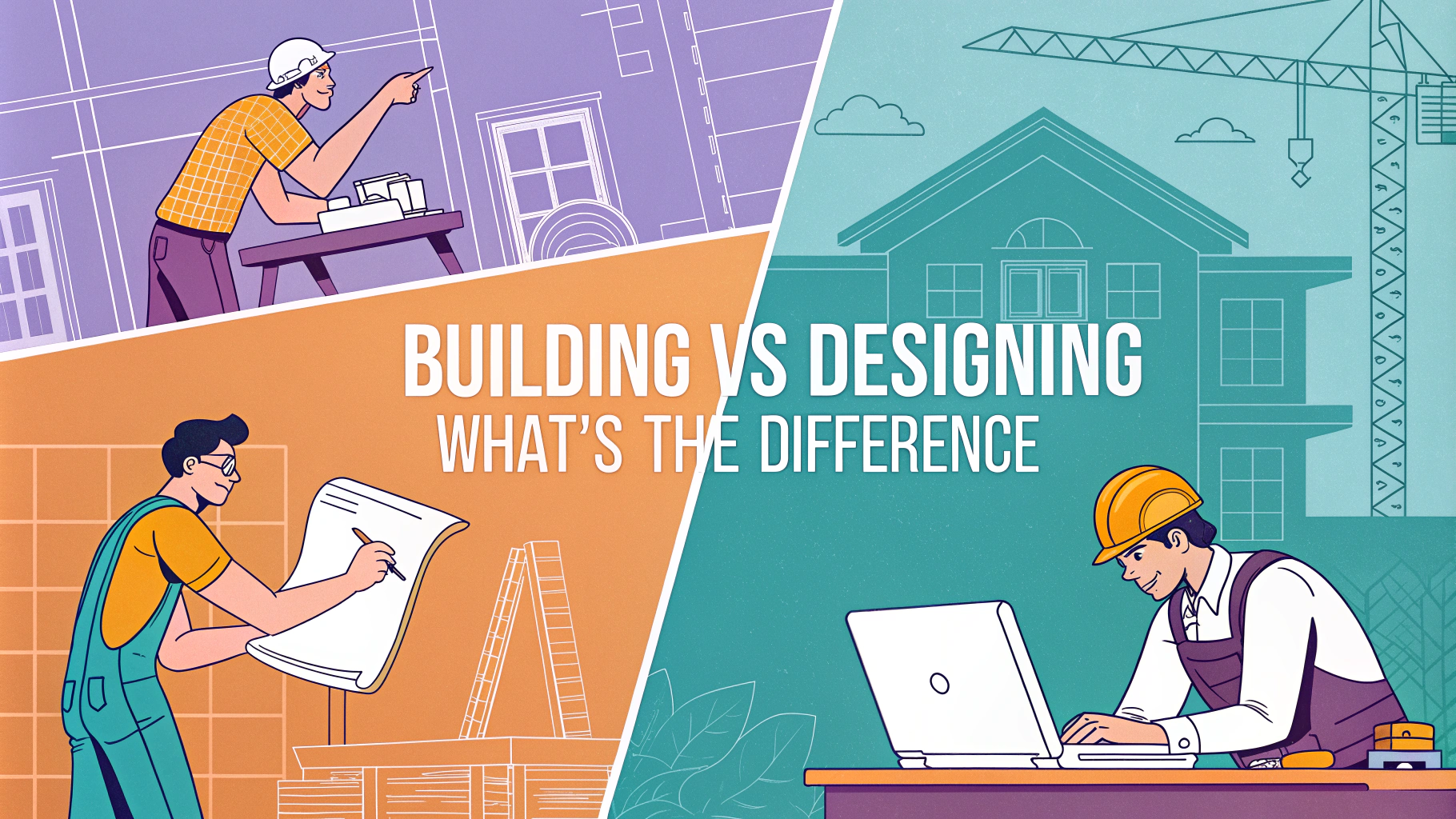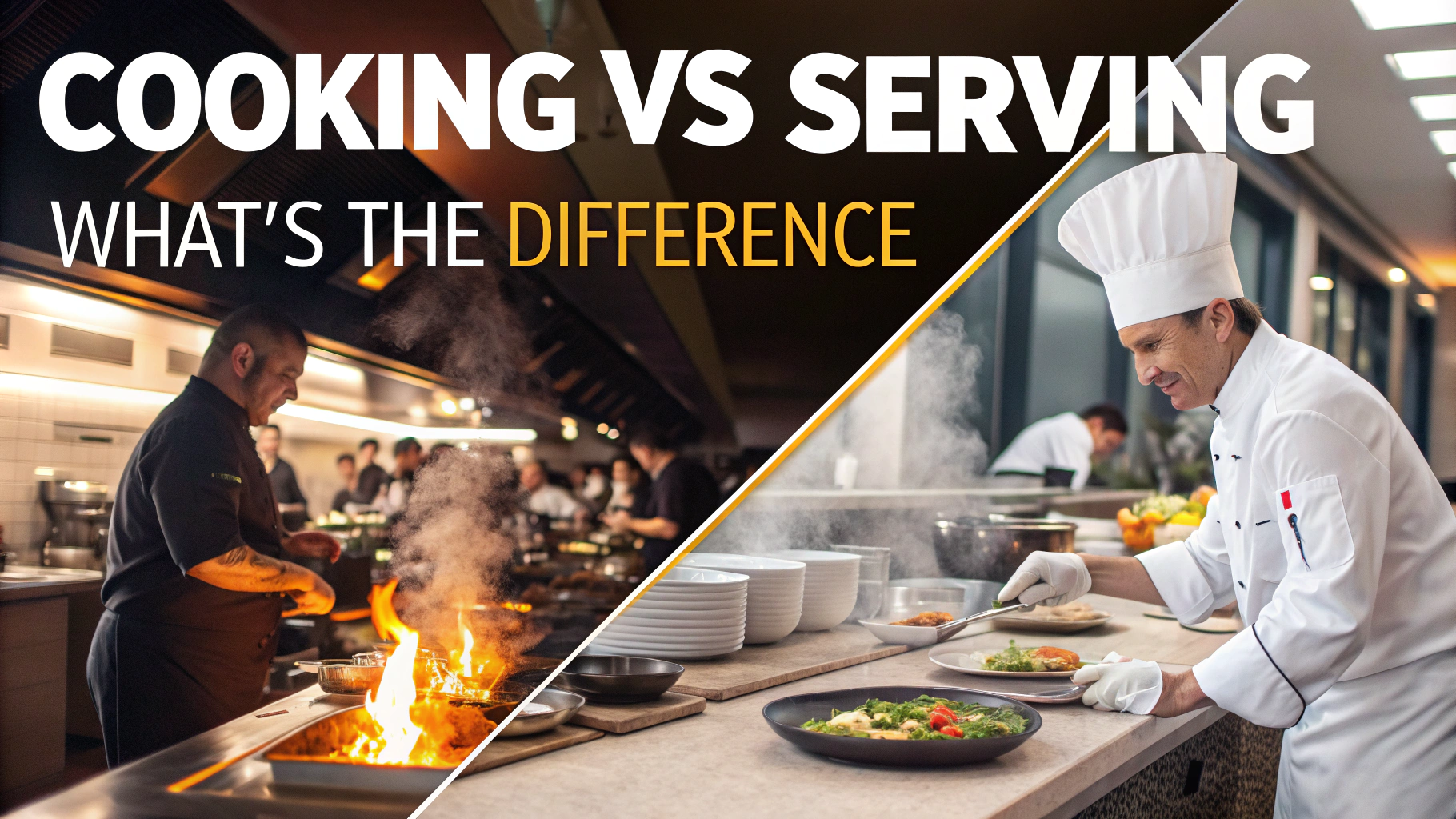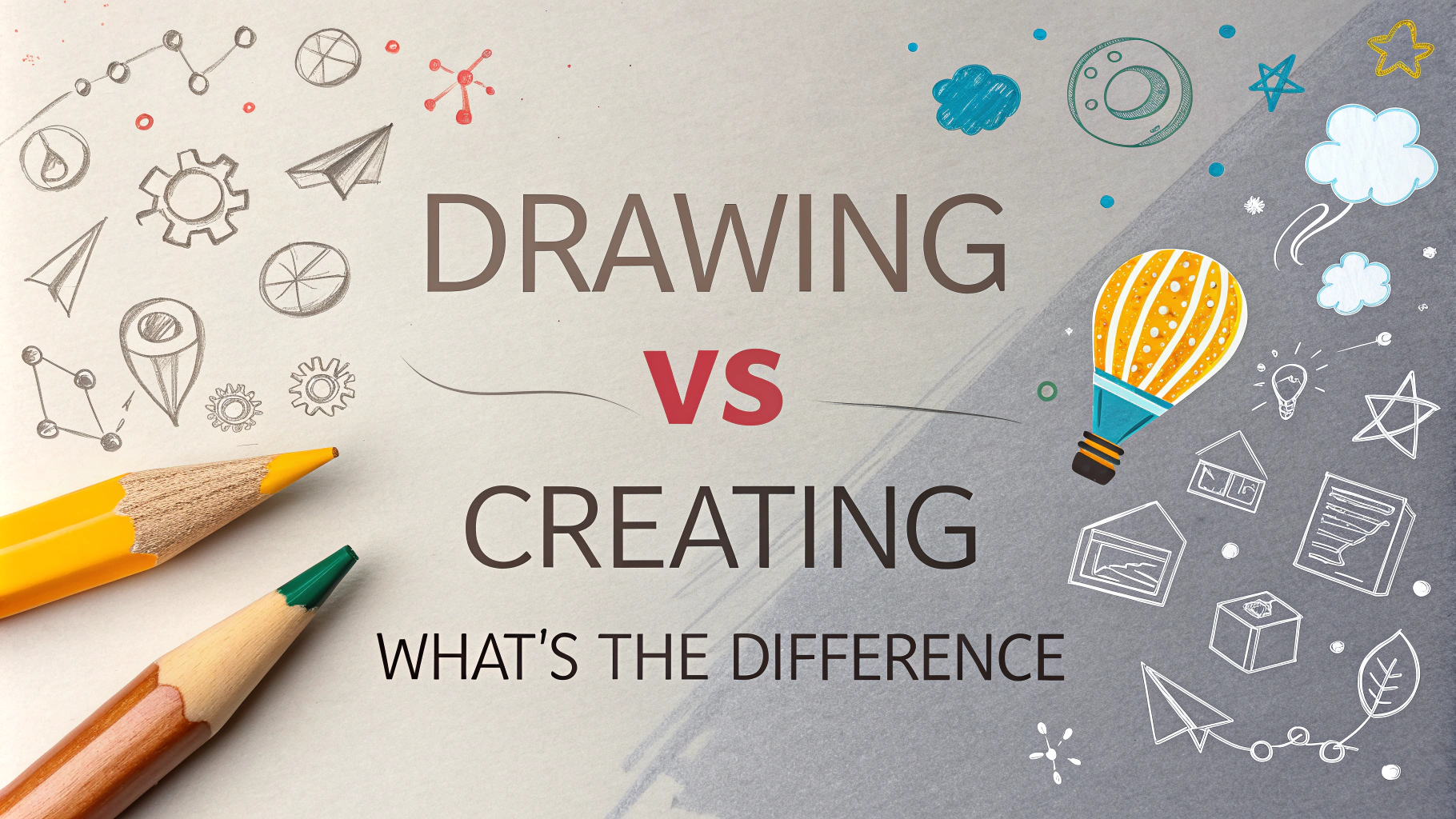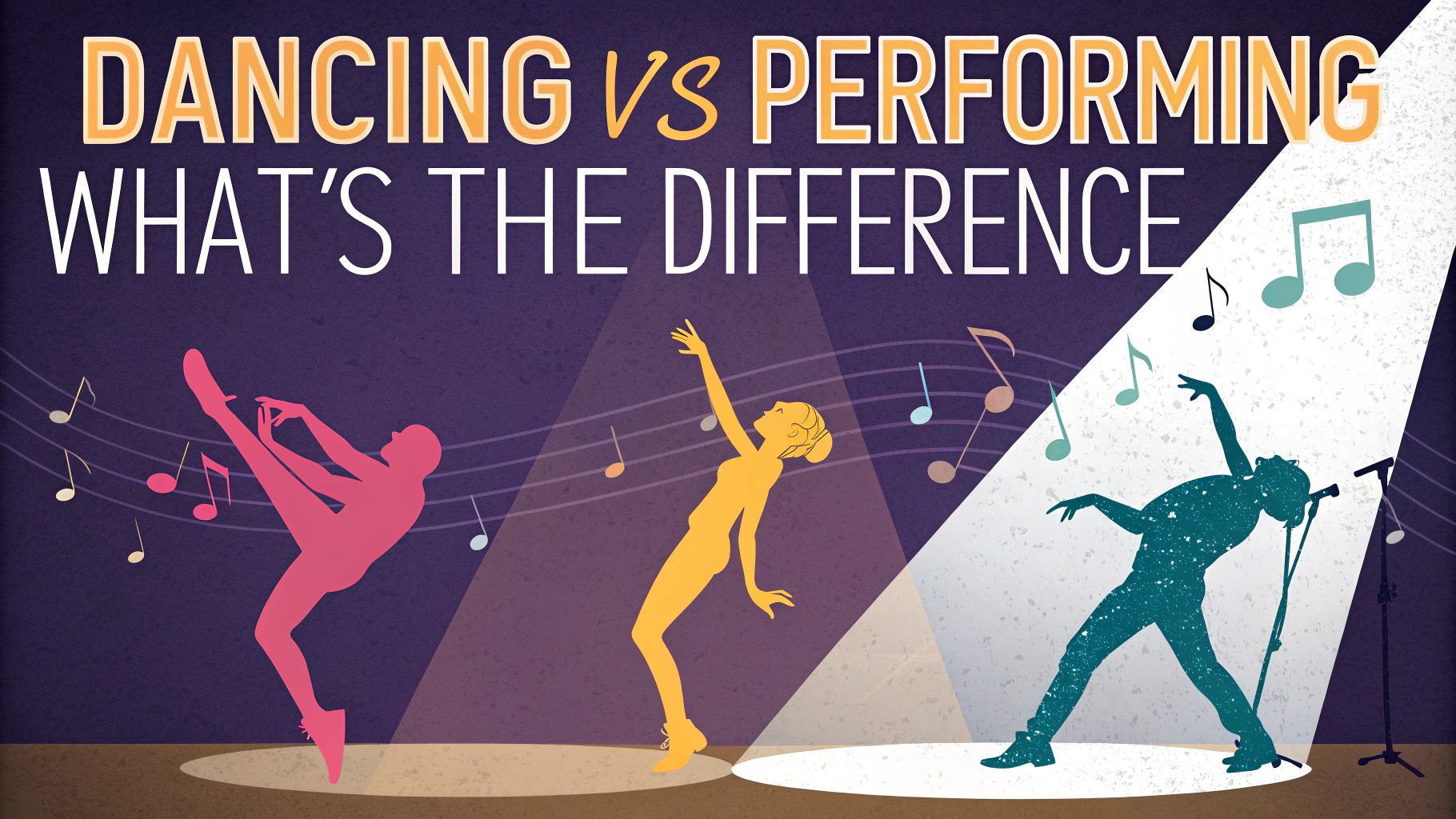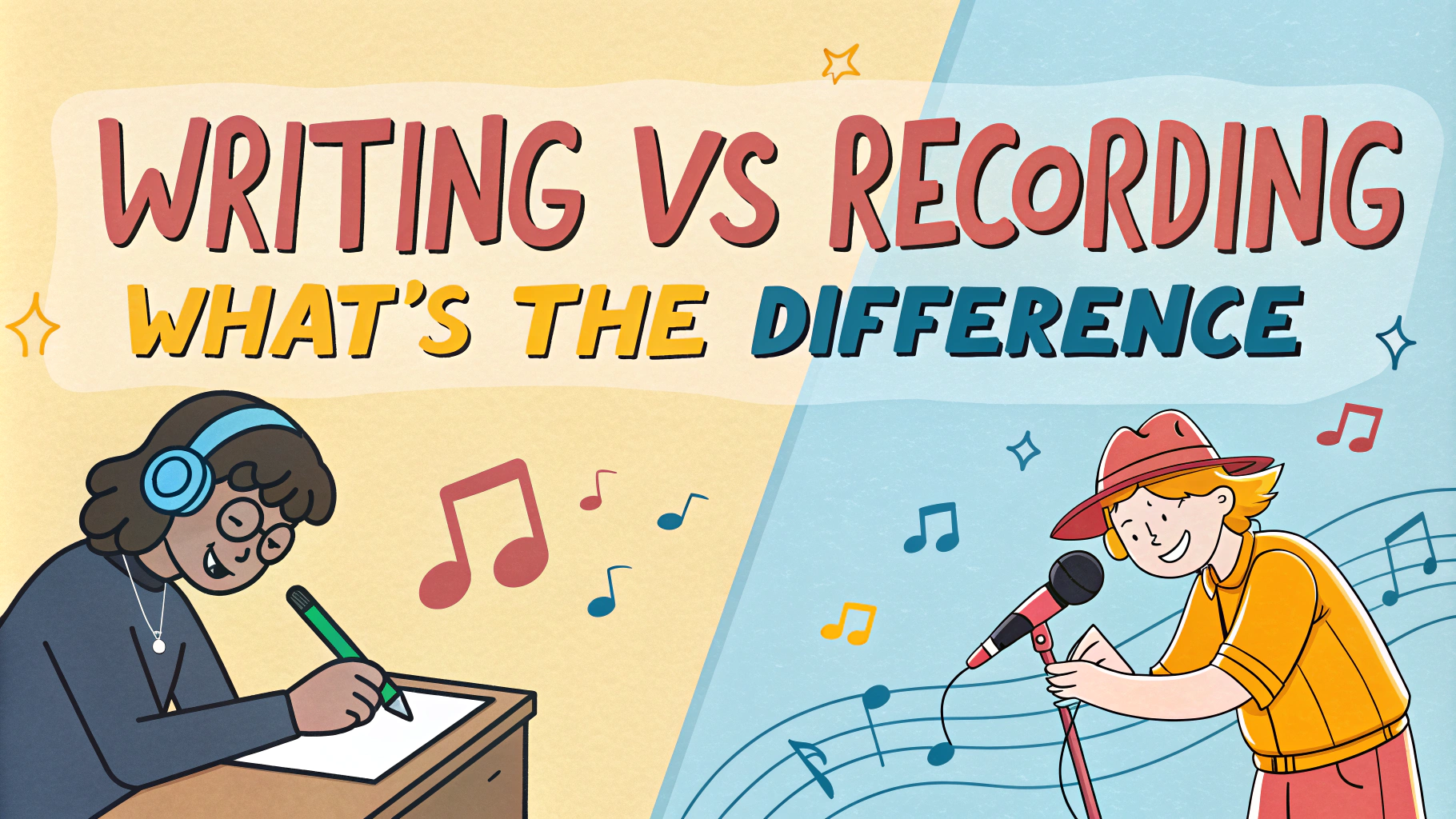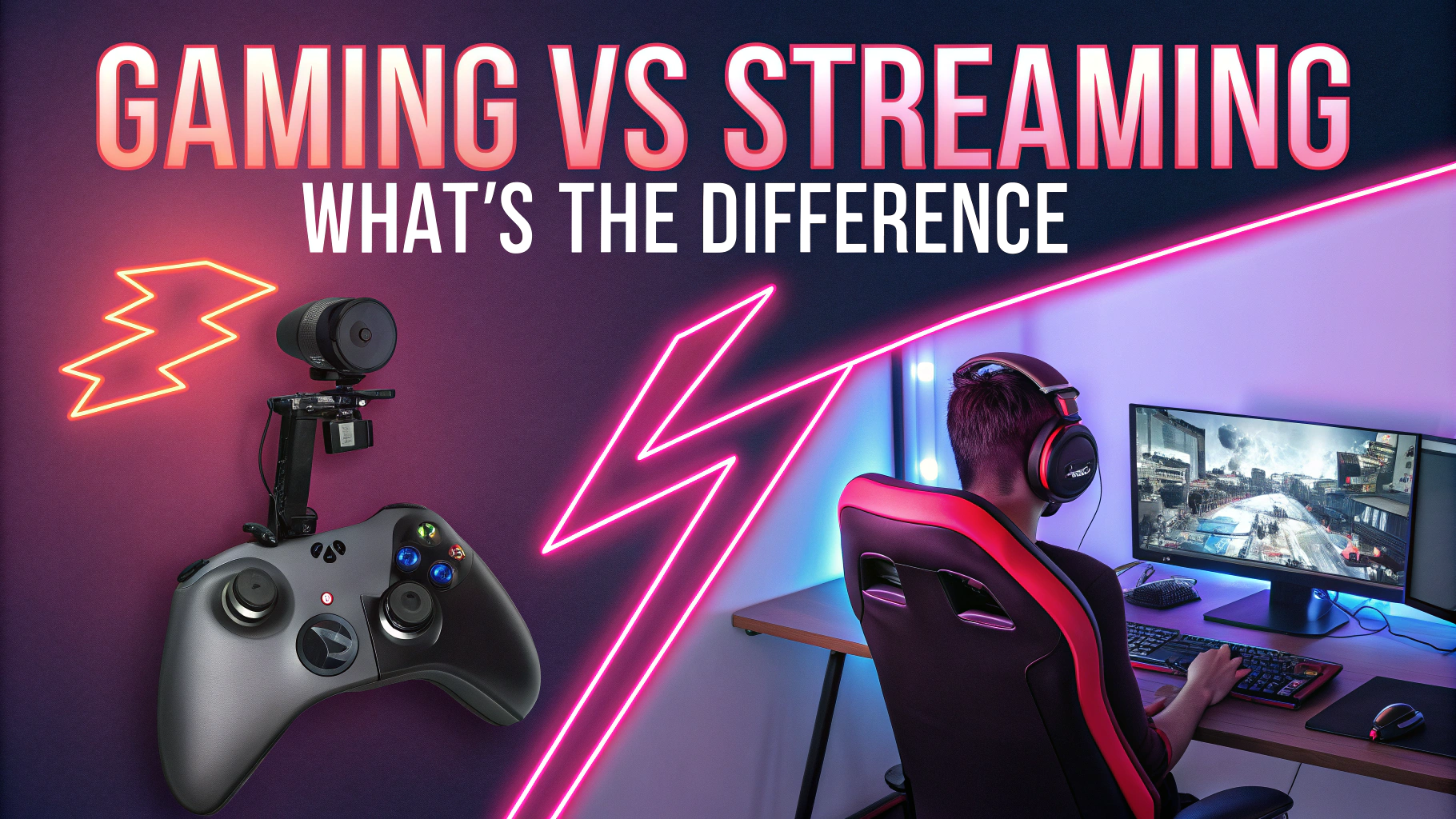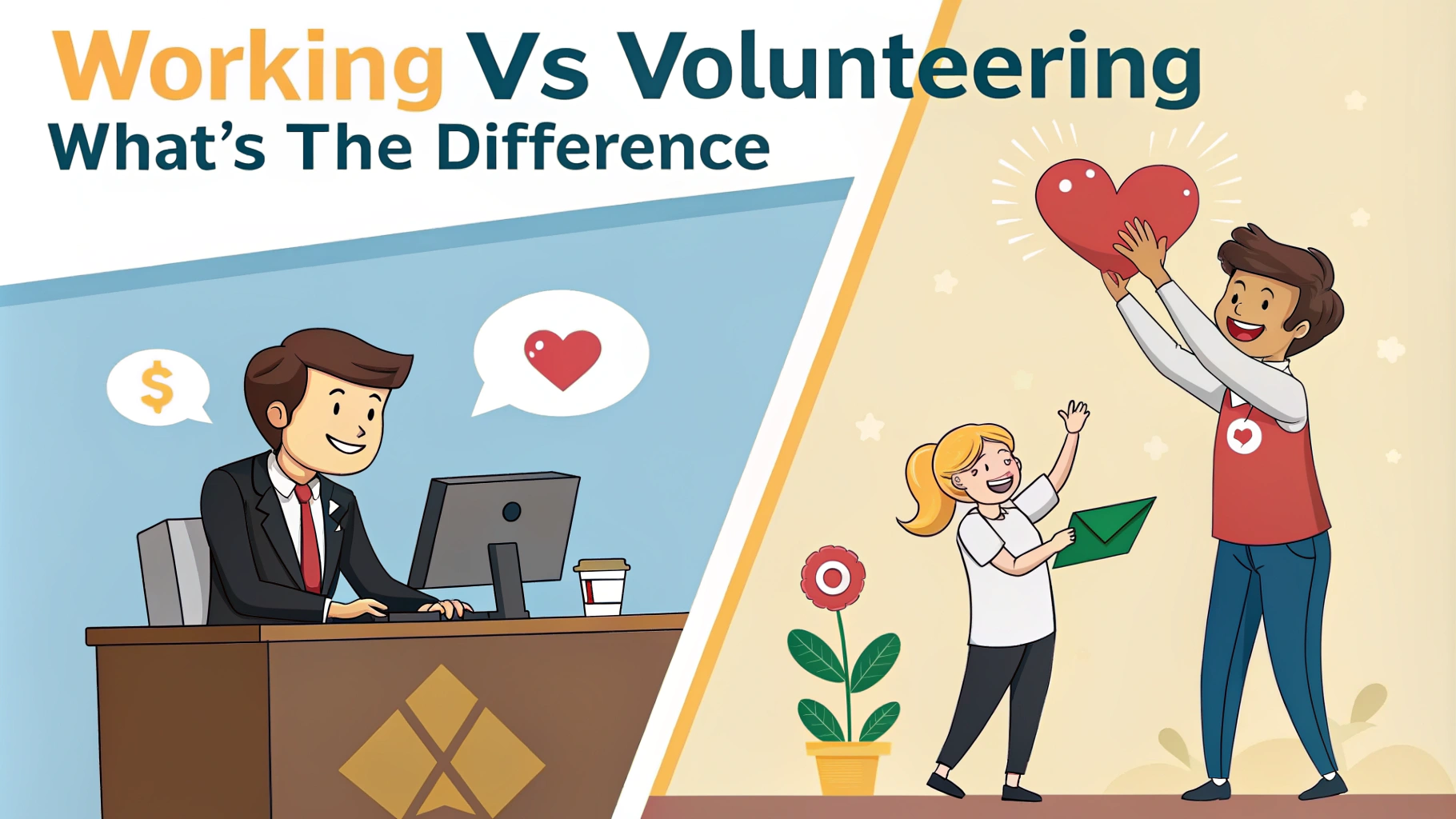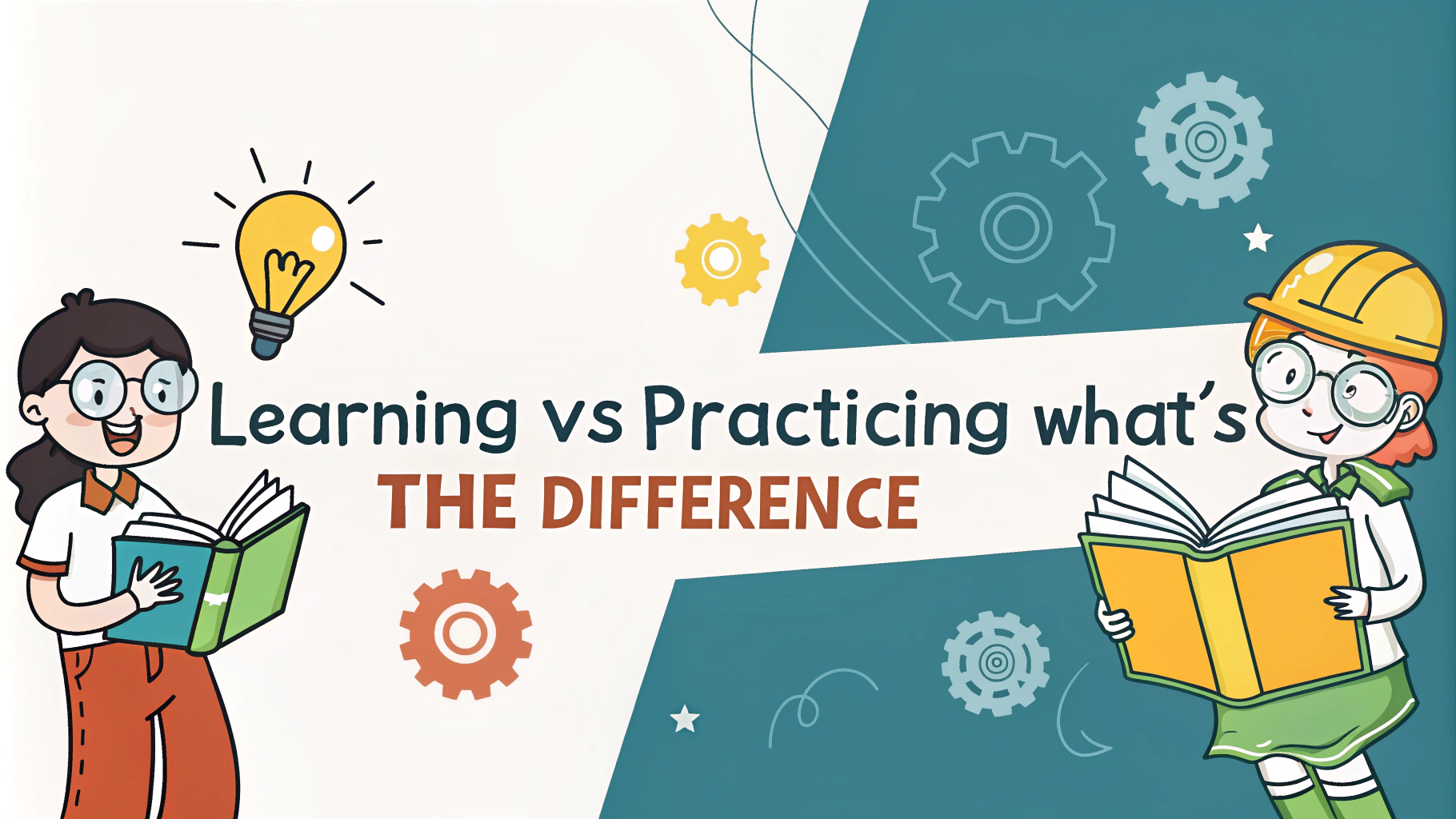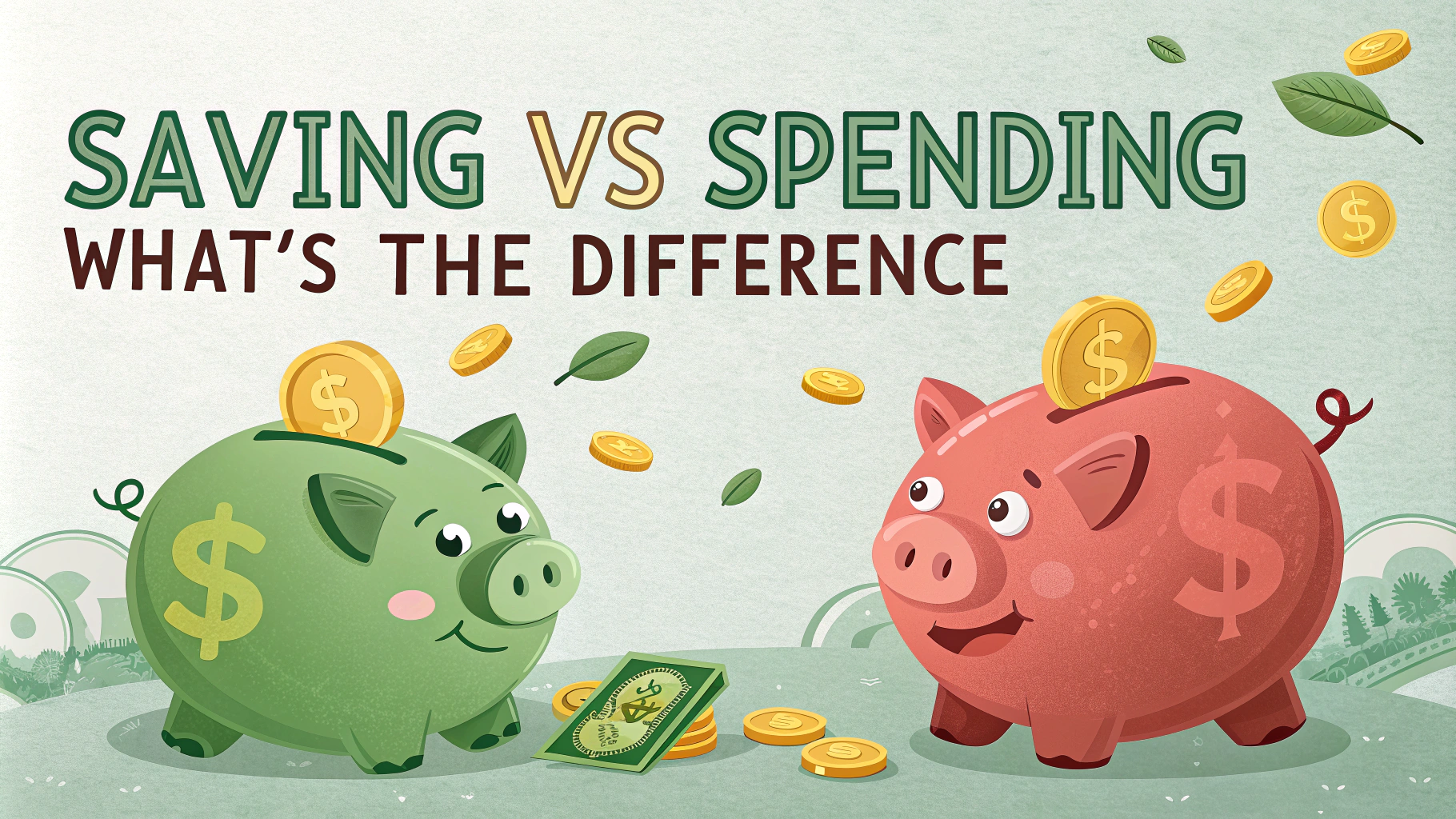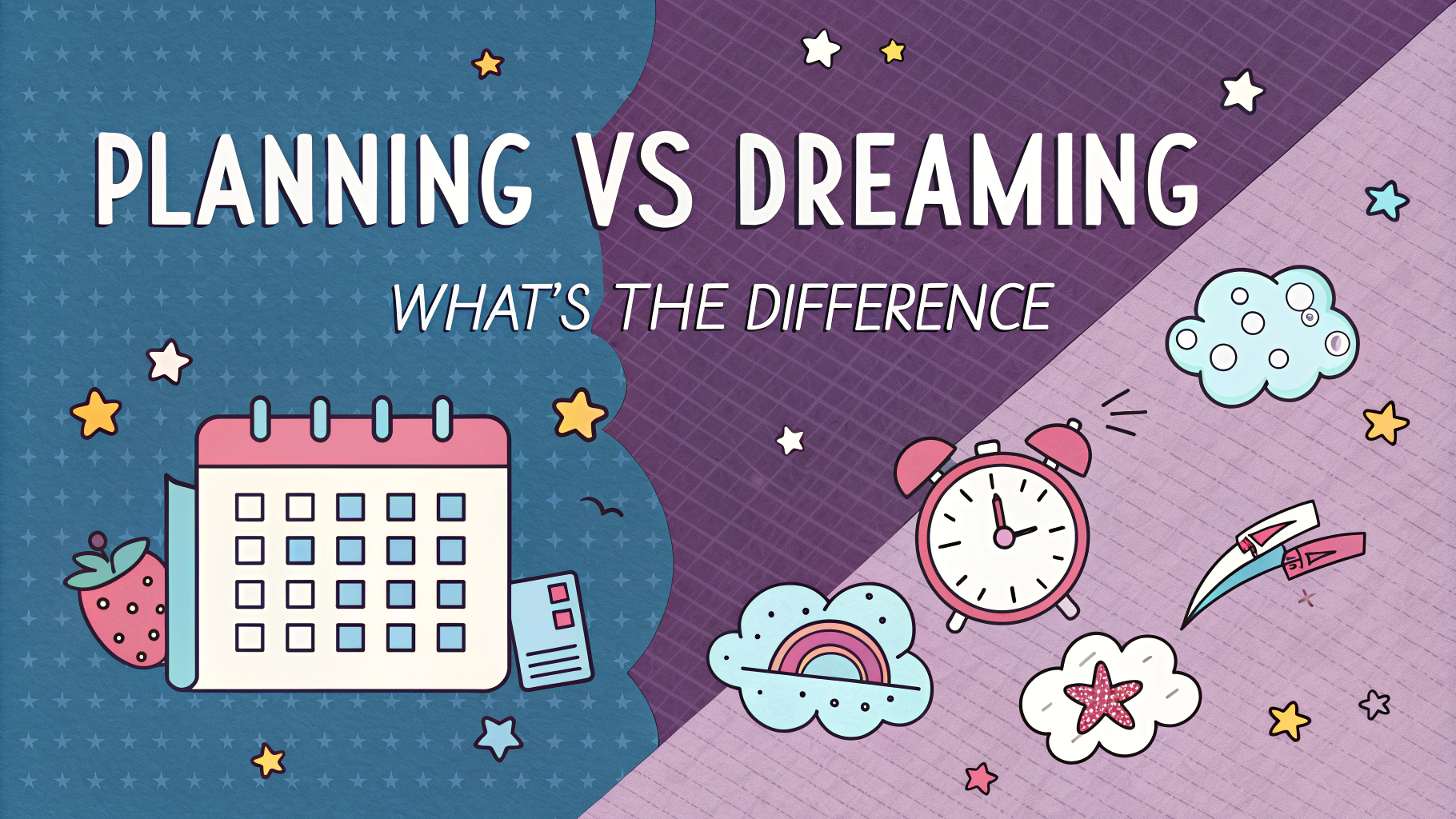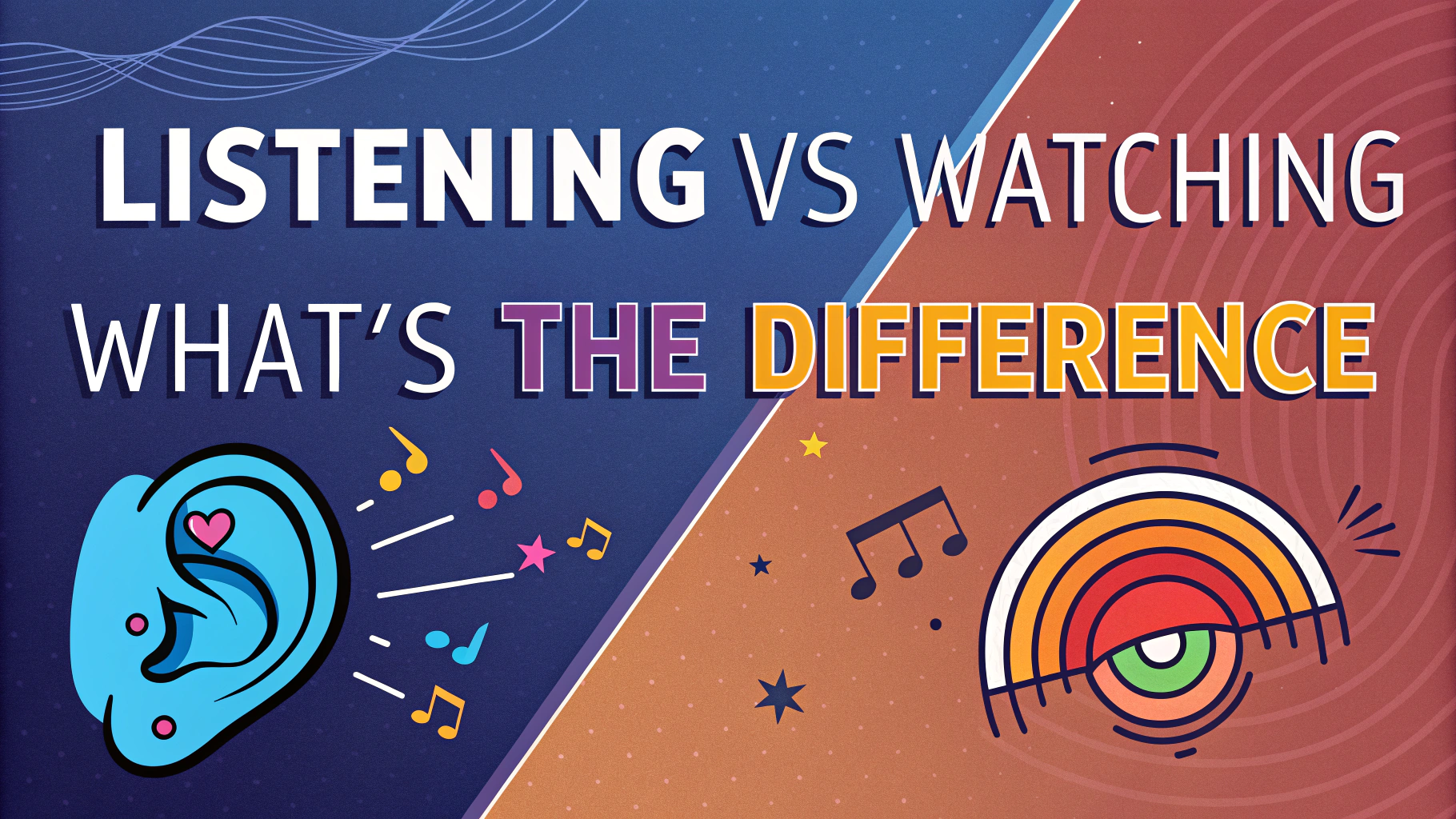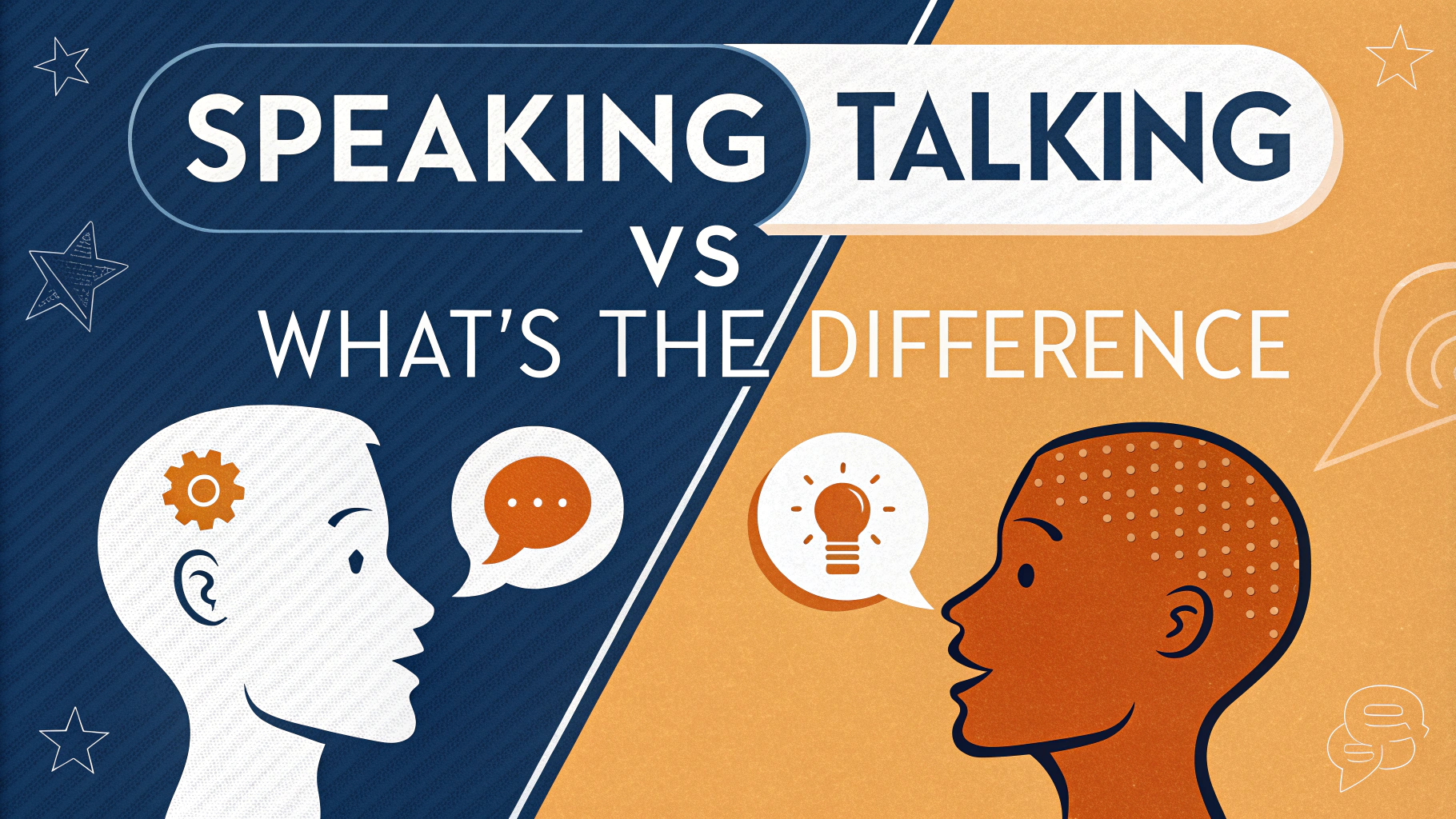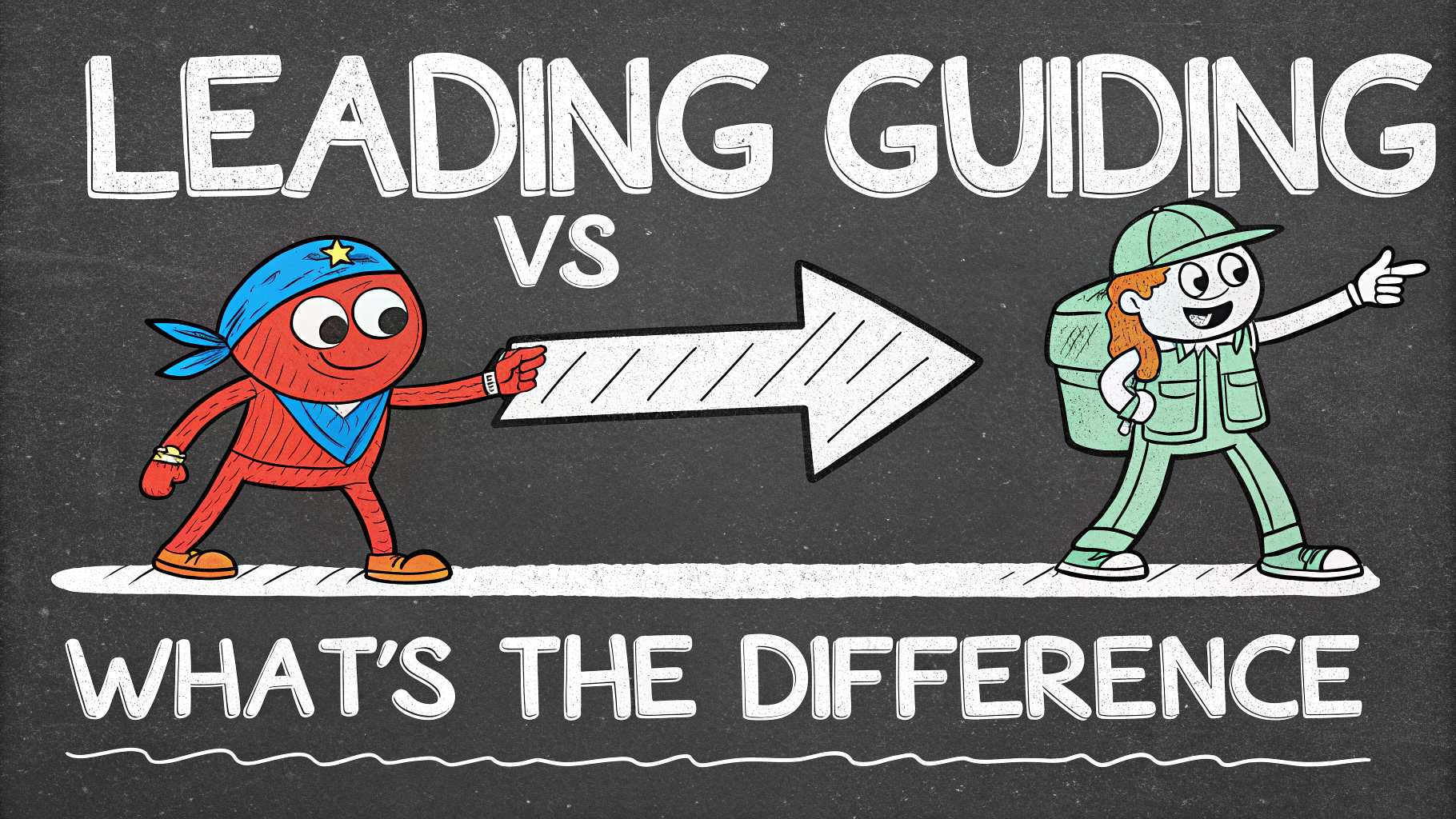The age-old debate of cute vs. pretty has puzzled many. What’s the difference? Is one better than the other? This quick guide dives into the nuances between these two appealing qualities.
We’ll explore the characteristics that define cute and pretty, how they’re perceived in different contexts, and why understanding the distinction matters. By the end, you’ll have a clearer grasp of these concepts and how they apply to various aspects of life and style.
Defining Cute and Pretty
Cute often refers to something small, adorable, and endearing. It evokes feelings of warmth and a desire to protect. Pretty, on the other hand, typically describes something aesthetically pleasing, elegant, or beautiful in a conventional sense.
Key differences:
- Cute: Youthful, innocent, charming
- Pretty: Refined, graceful, attractive
Cultural Perceptions of Cute and Pretty
Different cultures have varying interpretations of cute and pretty. In Western societies, pretty often aligns with classical beauty standards, while cute might be associated with youthfulness or quirkiness.
Eastern cultures, particularly in countries like Japan and South Korea, have a strong affinity for cuteness, known as “kawaii” or “aegyo” respectively. This influences fashion, products, and even behavior.
Impact on Personal Style and Fashion
Understanding the cute vs. pretty dynamic can significantly influence personal style choices. Cute fashion often includes pastel colors, playful prints, and oversized elements. Pretty styles tend to feature more sophisticated cuts, elegant fabrics, and subtle details.
Tips for incorporating both:
- Mix cute accessories with a pretty outfit
- Balance a cute top with more refined bottoms
- Use makeup to emphasize either cute or pretty features
Leveraging Cute and Pretty in Marketing
Brands often use cute or pretty elements in their marketing strategies to appeal to specific demographics. Understanding these concepts helps create more effective campaigns.
Key marketing applications:
- Cute marketing: Appeals to emotions, creates shareability
- Pretty marketing: Emphasizes quality, sophistication
Successful brands often blend both elements to broaden their appeal. For example, cosmetics companies might use cute packaging for youthful lines and elegant designs for premium products.
Psychological Impact of Cute vs. Pretty
The perception of cute and pretty can influence behavior and decision-making. Research shows that cute images trigger nurturing responses, while pretty ones often evoke admiration or aspiration.
Effects on consumer behavior:
- Cute products may inspire impulse purchases
- Pretty items often justify higher price points
- Cute designs can increase social media engagement
Understanding these psychological triggers helps individuals make more conscious choices in their personal and professional lives.
Balancing Cute and Pretty in Personal Branding
Personal branding often involves striking a balance between cute and pretty elements. This balance can vary depending on career goals, industry norms, and personal preferences.
Tips for personal branding:
- Assess your industry’s expectations
- Identify your unique strengths
- Experiment with different styles
- Seek feedback from trusted sources
Remember, authenticity is key. Your personal brand should reflect your true personality while aligning with your professional goals.
Navigating Stereotypes and Prejudices
The cute vs. pretty debate often intersects with gender stereotypes and societal expectations. It’s crucial to recognize and challenge these biases in personal and professional settings.
Strategies to overcome stereotypes:
- Educate others on the value of diverse qualities
- Highlight skills and achievements over appearances
- Support inclusive policies in workplaces and schools
By addressing these issues, we can create a more inclusive environment that values individuals for their unique contributions rather than superficial qualities.
Embracing Both Cute and Pretty
The cute vs. pretty debate doesn’t have to be an either-or choice. Embracing both qualities can lead to a more well-rounded and versatile approach to style, branding, and self-expression.
Benefits of combining cute and pretty:
- Increased adaptability in different situations
- Broader appeal to diverse audiences
- More creative freedom in self-expression
By understanding and appreciating both cute and pretty qualities, you can navigate social and professional situations with greater confidence and flexibility.
FAQs: Cute vs Pretty
- What’s the difference between cute and pretty?
Cute typically refers to something adorable, charming, or endearing, often associated with youthfulness. Pretty generally describes aesthetic beauty, elegance, or attractiveness.
- Can someone be both cute and pretty?
Yes, a person can possess both cute and pretty qualities. These traits are not mutually exclusive and can coexist in an individual’s appearance or personality.
- Is being called cute better than pretty?
Neither is inherently better. The preference depends on personal taste and context. Some may prefer being called cute for its warmth, while others might favor pretty for its more mature connotation.
- How do cultural differences affect perceptions of cute vs pretty?
Cultural backgrounds significantly influence how cute and pretty are defined. For example:
- Western cultures often associate cute with smallness and youthfulness
- East Asian cultures may emphasize kawaii (cuteness) in various aspects of life
- Some cultures prioritize prettiness as a sign of femininity
- What are some synonyms for cute and pretty?
Cute Synonyms Pretty Synonyms Adorable, Charming, Sweet Beautiful, Attractive, Lovely Endearing, Delightful, Darling Gorgeous, Elegant, Graceful - How does the concept of cute vs pretty apply to fashion?
In fashion, cute often refers to playful, youthful styles with elements like pastels, ruffles, or cartoon prints. Pretty fashion tends toward more elegant, refined styles with flowing fabrics, delicate patterns, or classic silhouettes.
- Are there age-related connotations to cute and pretty?
Generally, cute is more often associated with youth or childlike qualities, while pretty can apply to a broader age range. However, these associations can vary and are not strict rules.
- How do cute vs pretty descriptions affect self-esteem?
The impact on self-esteem varies by individual. Some may feel diminished by being called cute, preferring to be seen as pretty or beautiful. Others might embrace the warmth of being described as cute. It’s important to recognize that both can be positive descriptors.
- What role do cute vs pretty play in marketing and advertising?
Marketers use these concepts differently:
- Cute: Often used for products targeting younger audiences or to evoke feelings of warmth and approachability
- Pretty: Frequently employed in beauty and fashion industries to appeal to desires for elegance and attractiveness
- How do men perceive the difference between cute and pretty women?
Perceptions vary widely among individuals. Some men may associate cute with a more approachable, friendly demeanor, while pretty might be linked to more conventional beauty standards. It’s important to note that these are generalizations and personal preferences differ greatly.
- Can objects or animals be described as cute or pretty?
Yes, both terms can apply to non-human subjects:
- Cute often describes small animals, stuffed toys, or miniature objects
- Pretty is commonly used for aesthetically pleasing landscapes, flowers, or decorative items
- How do cute vs pretty features influence dating preferences?
Dating preferences regarding cute or pretty features are highly individual. Some may be drawn to cute characteristics for their association with warmth and approachability, while others might prefer pretty features for their classic attractiveness. Many people appreciate a combination of both.

